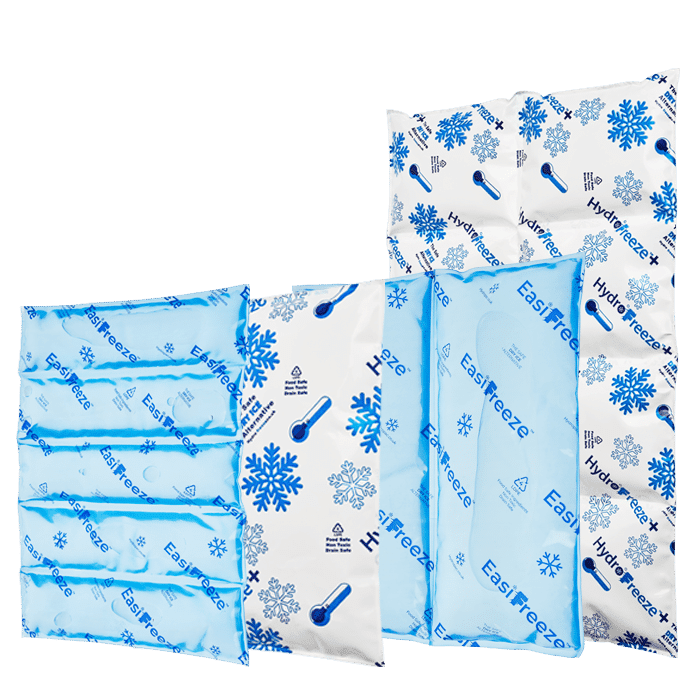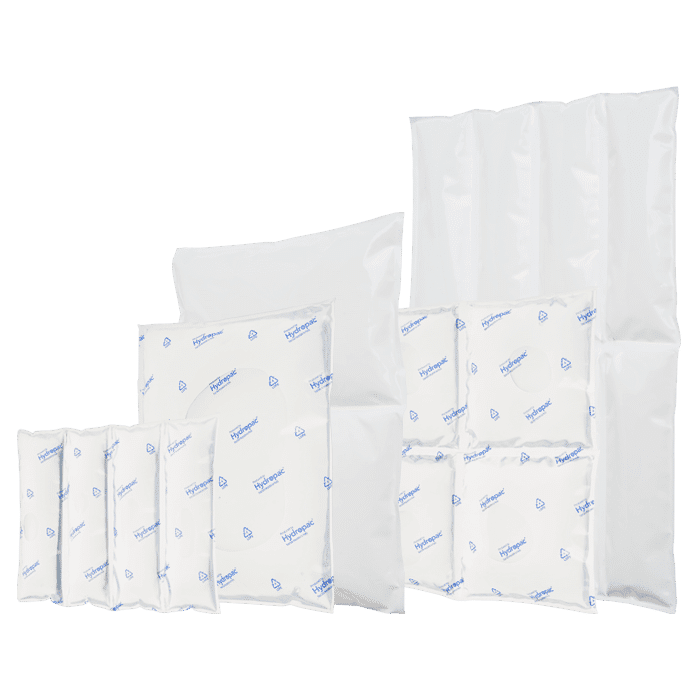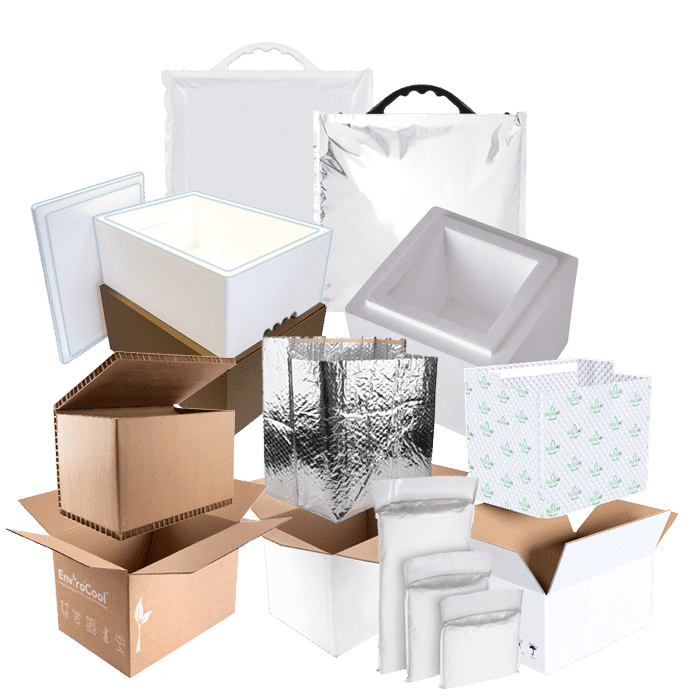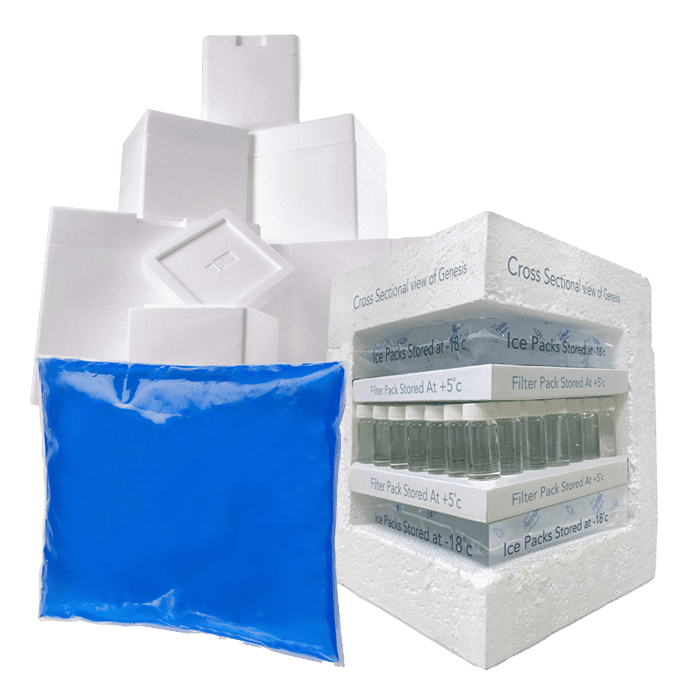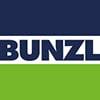Pharmaceutical & Hazardous Goods Shipping Labels
When shipping pharmaceutical products or any type of hazardous materials, it is crucial to show the right labels on the outer packaging. These make others aware of the contents within and any additional care or steps that need to be taken when handling.
Hazardous Goods Labels
All packages that contain dangerous goods (see list below) should show a Hazardous Goods warning label; this is the shape of a diamond and as such they are also known as ‘Warning Diamonds’. They should be used during the transportation of hazardous goods for all methods of shipment, including by air, sea, rail or road.
The different classes of material that must display a Hazardous Goods label are as follows:
- Class 1 – Explosive Substance and Articles.
- Class 2.1 – Gases. Class 2.2 Non-Toxic and Non-Flammable Gases. Class 2.3 – Toxic Gases.
- Class 3 – Flammable Liquids
Custom chilled solutions for you
Hydropac offers every customer a customized solution for chilled and conditioned shipping. For example, we help a customer with limited freezing capacity to deliver gel packs frozen and ready to use, and we can manufacture almost all shapes and sizes of cooling elements. As a customer, you come first: we are here to help you.
Class 4.1 Flammable Solids. Class 4.2 Spontaneous Combustibles. Class 4.3 Dangerous When Wet
- Class 5.1 – Oxidising Substances. Class 5.2 Organic Peroxides.
- Class 6.1 – Toxic. Class 6.2 – Infectious Substances
- Class 7 – Radioactive
- Class 8 – Corrosive Substances
- Class 9 – Miscellaneous Dangerous Substances
Transporters of goods that may be dangerous to the environment if they become loose also need to display a separate ‘Dangerous/hazardous to the Environment’ label. These are the same diamond shape as the hazardous materials labels. This label became mandatory on 1st January 2010.
Examples of these would be gasoline, fireworks, cleaning agents, certain types of paint and pesticides, although the full list is much longer.
In addition to these, certain shipments must display a Limited Quantity Label (a.k.a an LQ Mark). This is another diamond shaped label which is applied to packages to show that the goods or substances are dangerous goods that are packaged in accordance with the Limited Quantity (LQ) exemption. This refers to smaller items that are packed in boxes or secured to shrink-wrapped trays, and thus have a higher level of safety based on the additional packaging they are contained within as well as the outer shipping packaging.
Dangerous Goods Notes
A Dangerous Goods Note is a document that details the contents of a shipment to the carriers, forwarders and those receiving the delivery. They are used alongside Hazardous Goods labels when they are in all types of transport (apart from air). Instead of a Dangerous Goods Note, an IATA Goods Declaration is normally used to ship hazardous goods.
Tamper Proof Labels/Non-Tearable Tags
Tamper labels and non-tearable tags are very important, especially in the pharmaceutical industry. Tamper labels are placed onto the outer packaging and will clearly show signs of damage if the shipment opened without authorisation. Individual packets inside the shipment will also have these in place.
Non-tearable tags can be used as an alternative or as a secondary measure of protection. They are
Sustainability Hydropac and CSR
Sustainability isn’t just a trend for us – it’s a promise. As we innovate, create, and lead, we keep our planet’s well-being at the forefront. With Hydropac, you’re not just preserving the quality of your cargo; you’re contributing to a healthier world.
Experience the power of sustainable temperature assurance with Hydropac – where excellence and environmental responsibility coexist for a brighter future.
